← cobra snake bite Cobra bite on the butt! king cobra serpentsityexotics blue cobra snake Source: erezkaan →
The Philippine Cobra Snake
The Philippine cobra (Naja philippinensis) is a fascinating and highly venomous snake indigenous to the Philippines, known for its striking appearance and formidable presence in its natural habitat. This species is particularly notable for its ability to deliver a potent neurotoxic venom, which poses a significant risk to humans and other animals. The Philippine cobra is a member of the Elapidae family, which includes other venomous snakes such as cobras, mambas, and kraits.
Found in various environments such as forests, grasslands, and rice fields, the Philippine cobra plays an essential role in its ecosystem. Understanding this remarkable snake provides insights into its behavior, habitat, and conservation status. Below are key characteristics and facts about the Philippine cobra:
- Physical Appearance: The Philippine cobra can reach lengths of up to 2.5 meters (about 8.2 feet). It typically exhibits a smooth, glossy skin, with colors that vary from brown to black, often with lighter lines or stripes.
- Distribution: This snake is primarily found throughout the Philippine islands, particularly in areas like Luzon, Mindanao, and Palawan. Its adaptability allows it to thrive in multiple habitats.
- Diet: The Philippine cobra primarily preys on small mammals, birds, and other reptiles. Its diet is essential for controlling populations of these species in its environment.
- Behavior: Unlike many other snakes, the Philippine cobra is known for its defensive behavior. When threatened, it raises its hood to appear larger and may hiss loudly as a warning. It is not typically aggressive unless provoked.
- Venom: The venom of the Philippine cobra is highly toxic and can cause paralysis in humans. The snake delivers its venom through fangs, which enable it to subdue prey quickly.
- Reproduction: Philippine cobras practice ovoviviparity, meaning they give birth to live young rather than laying eggs. A female can produce 12 to 30 offspring in a single litter.
- Conservation Status: Although the Philippine cobra is not currently considered endangered, habitat destruction and illegal poaching pose threats to its population. Conservation efforts are crucial to maintaining its habitat and promoting biodiversity.
- Cultural Significance: The Philippine cobra holds a place in local folklore, often depicted in stories and myths. Despite its fearsome reputation, community education on the importance of snake conservation is gradually increasing.
In conclusion, the Philippine cobra is a remarkable example of the rich biodiversity found in the Philippines. Understanding its ecological role and the threats it faces can help foster a greater appreciation for this unique species and the conservation efforts needed to protect it.
This HTML post presents a comprehensive overview of the Philippine cobra snake, focusing on its characteristics, habitat, behavior, and conservation status while maintaining clear and engaging language throughout.If you are searching about Philippine Cobra The Philippine Cobra Is The Most Venomous And 965 you've came to the right place. We have 24 Images about Philippine Cobra The Philippine Cobra Is The Most Venomous And 965 like The Most Deadly Snakes in the World | HorizonTimes | Page 13, Philippine Cobra Snake Facts for Kids - KonnectHQ and also Philippine Cobra The Philippine Cobra Is The Most Venomous And 965. Here you go:
Philippine Cobra The Philippine Cobra Is The Most Venomous And 965
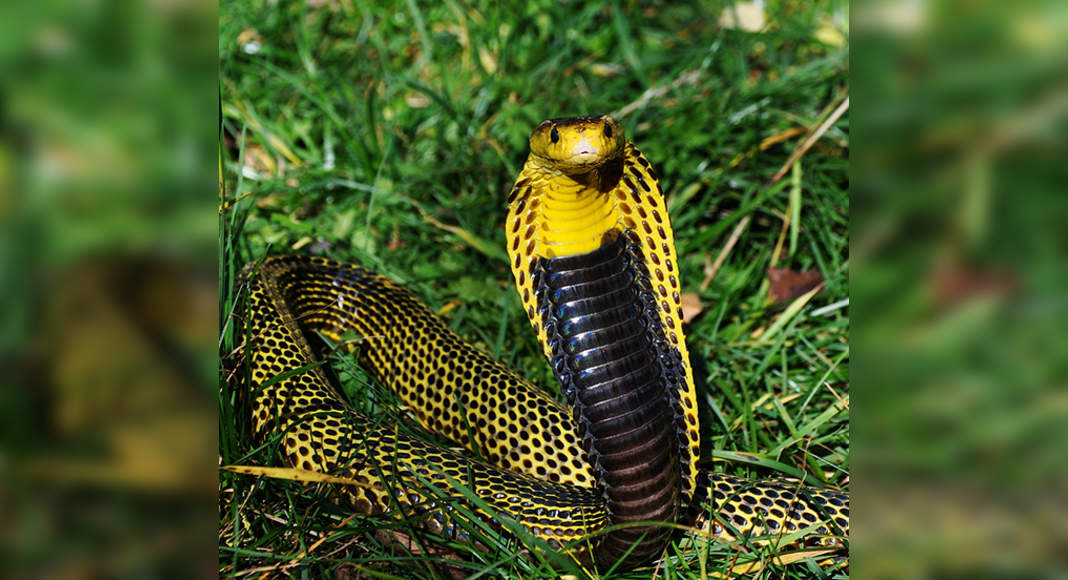 mungfali.com
mungfali.com
Southern Philippine Cobra - Naja Samarensis
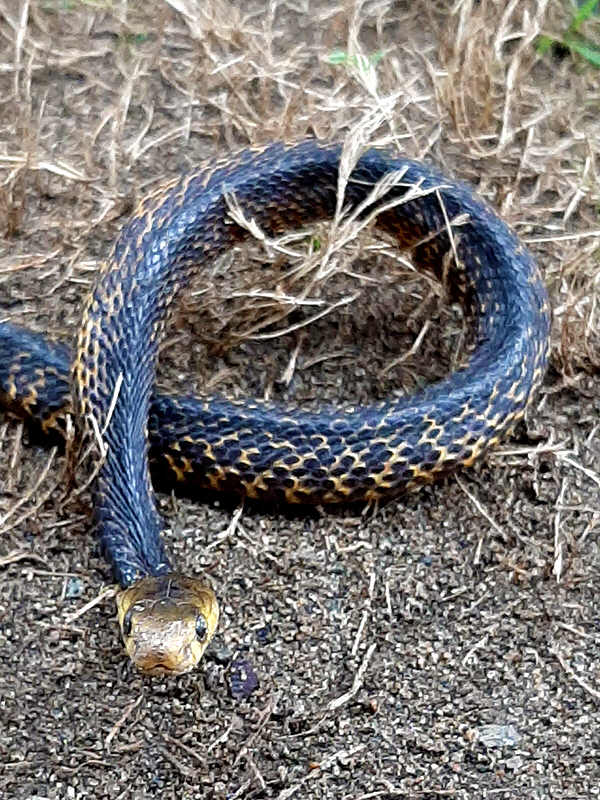 www.ecologyasia.com
www.ecologyasia.com
philippine cobra naja snakes
Naja Philippinensus / Philippine Cobra In Zoos
 zooinstitutes.com
zooinstitutes.com
cobra philippine naja botanical manila zoological garden zooinstitutes animals
Southern Philippine Cobra Facts And Pictures | Reptile Fact
 www.reptilefact.com
www.reptilefact.com
cobra philippine samar snake southern cobras snakes colorful desktop venomous hd reptilefact animals wallpapers facts wallpaper species choose board venom
Philippine Cobra - Facts, Diet, Habitat & Pictures On Animalia.bio
 animalia.bio
animalia.bio
Philippine Cobra - A-Z Animals
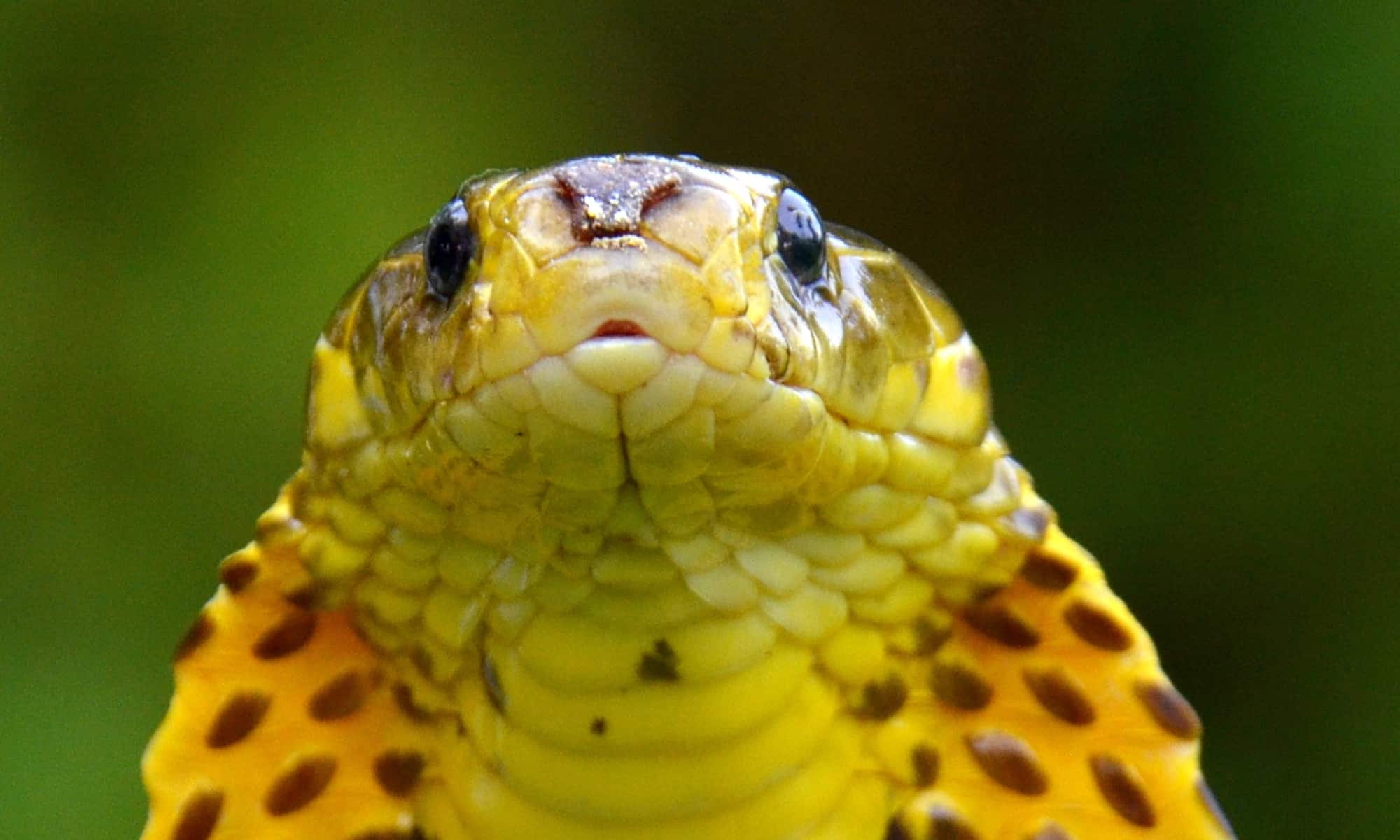 a-z-animals.com
a-z-animals.com
Philippines' "Cobra King" Dies After Drinking Blood Of Poisonous Snake
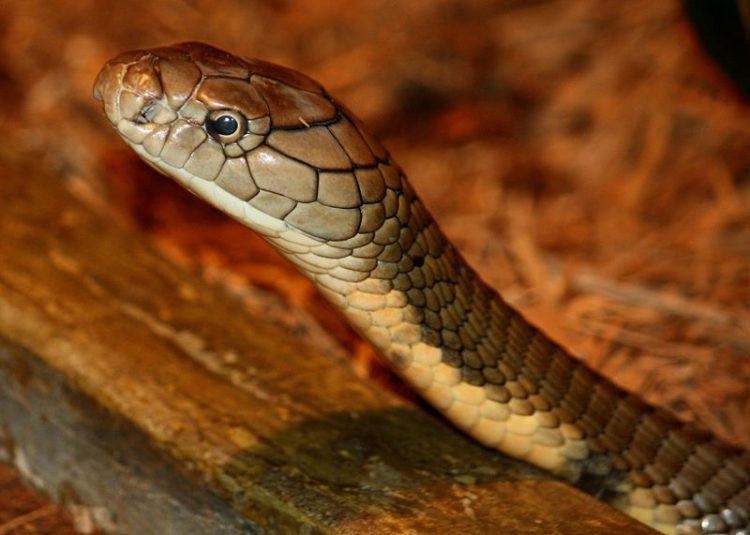 www.odditycentral.com
www.odditycentral.com
snake cobra philippines king poisonous him snakes drinking dies blood bit after
Philippine Cobra
Baras Predator: Southern Philippine Cobra | Baras Bird Sanct… | Flickr
 flickr.com
flickr.com
cobra philippine snakes most venomous world snake philippines samar naja poisonous species top king southern found saved dangerous beautiful
菲律宾眼镜蛇-猫头鹰 - 188jdc金宝搏
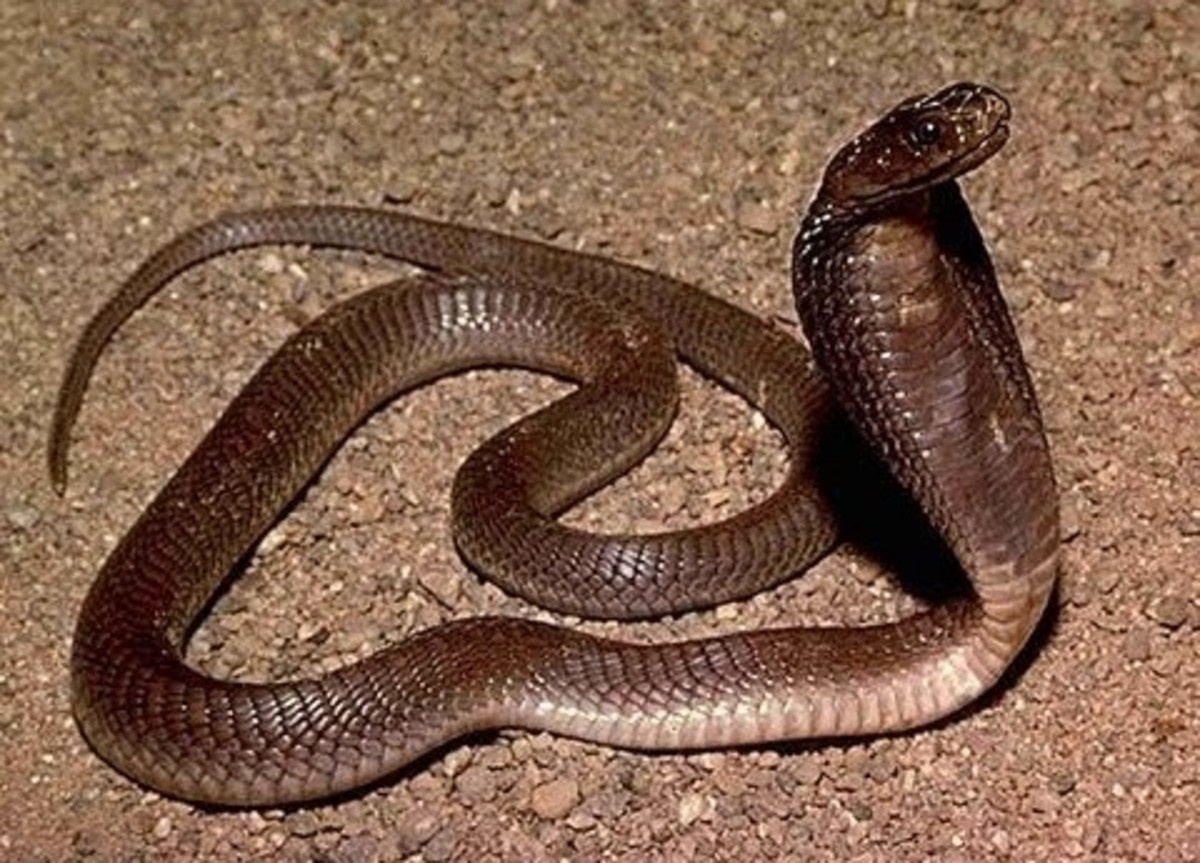 www.ushhc.com
www.ushhc.com
68 Philippine King Cobra Images, Stock Photos & Vectors | Shutterstock
 www.shutterstock.com
www.shutterstock.com
King Cobra - Wikipedia
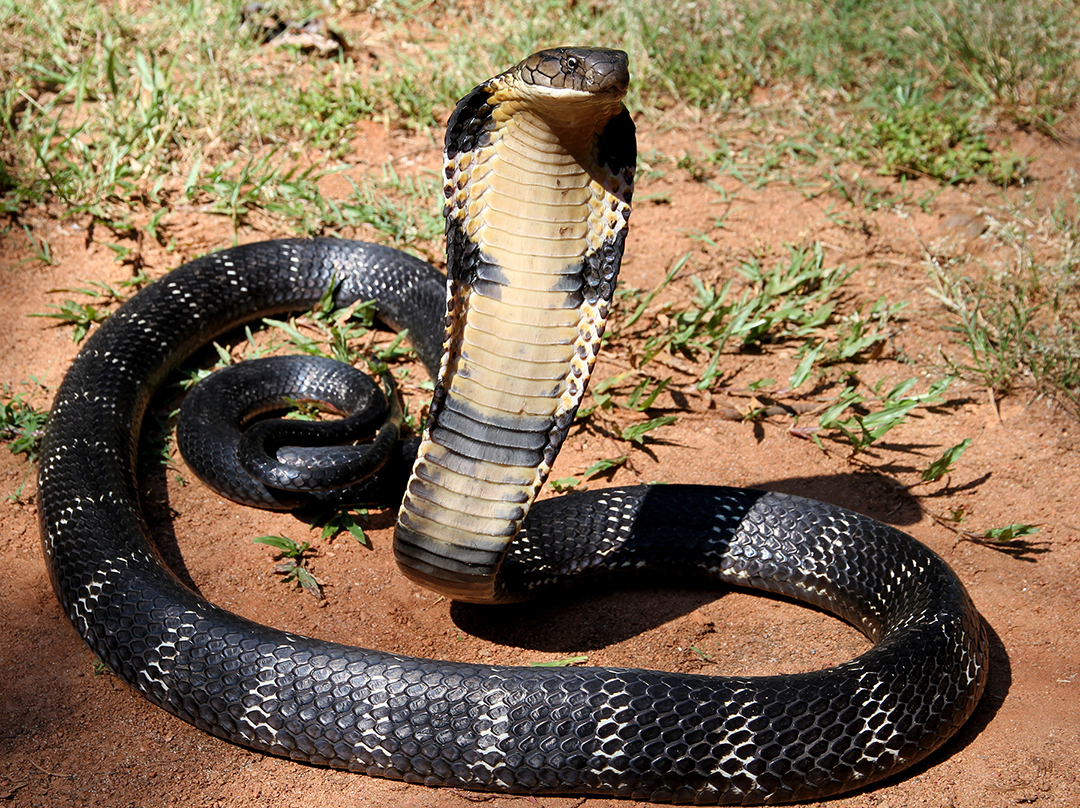 en.wikipedia.org
en.wikipedia.org
cobra
Philippines Islands Venomous Snakes And Poisonous Spiders And Other
 billericky.hubpages.com
billericky.hubpages.com
snakes philippines venomous dangerous poisonous spitting insects animals spiders southeastern
THE PHILIPPINE COBRA - YouTube
 www.youtube.com
www.youtube.com
cobra philippine snakes snake dangerous species most world naja philippinensis list juvenile deadliest top facts northern
Philippine Cobra Snake Facts For Kids - KonnectHQ
 www.konnecthq.com
www.konnecthq.com
Cobrasについての事実 | Anne Marie
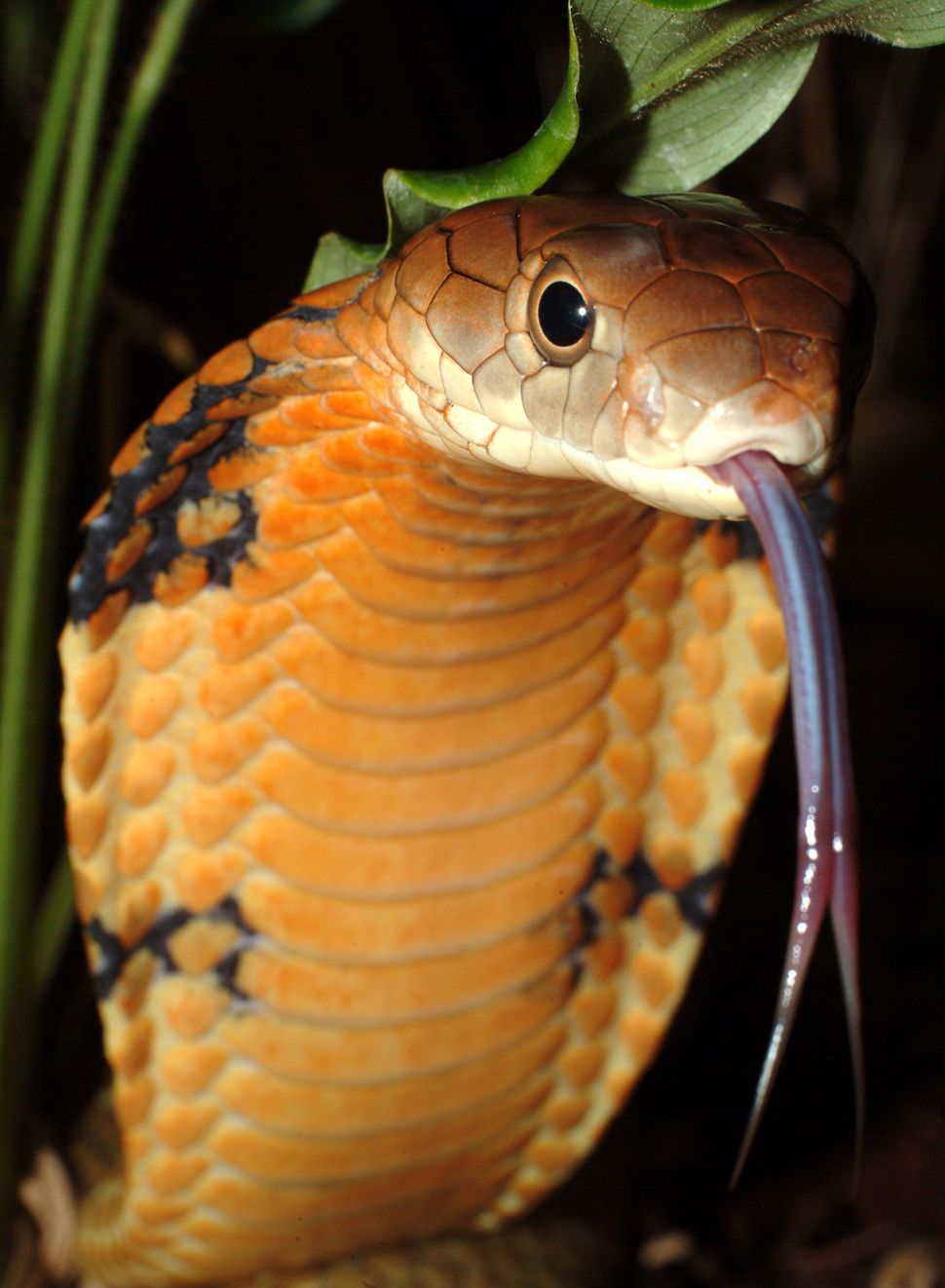 annemarieproject.org
annemarieproject.org
Philippine Cobra Bite
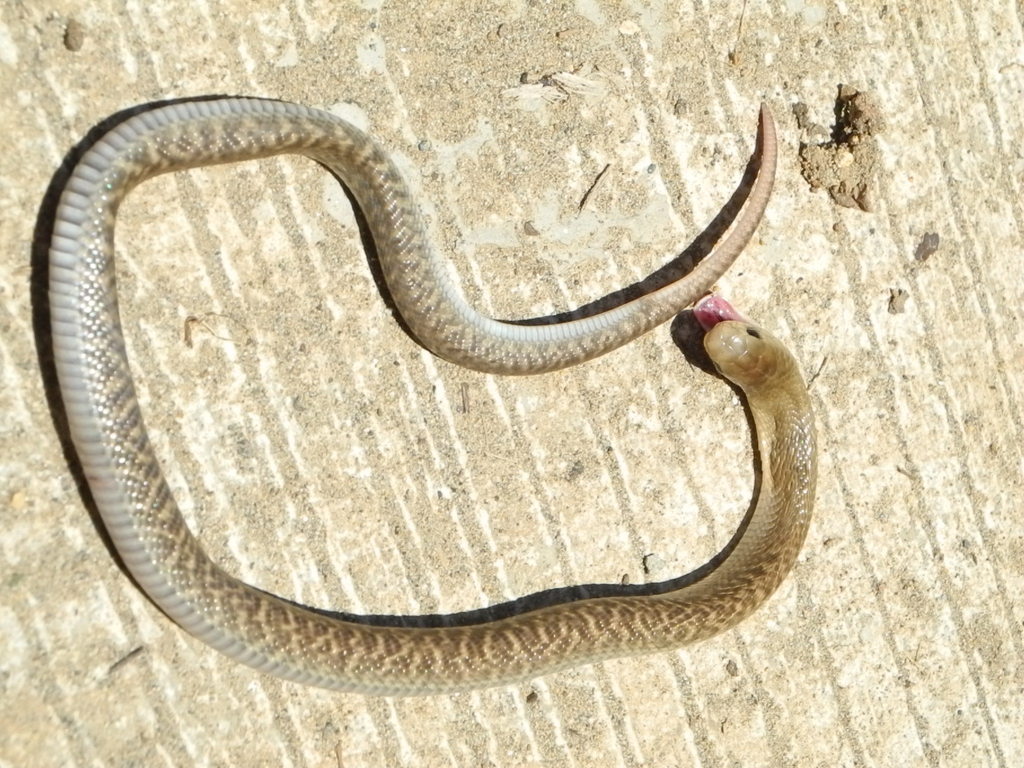 ar.inspiredpencil.com
ar.inspiredpencil.com
菲律宾眼镜蛇-猫头鹰 - 188jdc金宝搏
 www.ushhc.com
www.ushhc.com
Philippine Common Cobra In September 2020 By Michaela S. Webb · INaturalist
 www.inaturalist.org
www.inaturalist.org
Philippine Cobra Animal Facts | Naja Philippinensis - Wiki Point
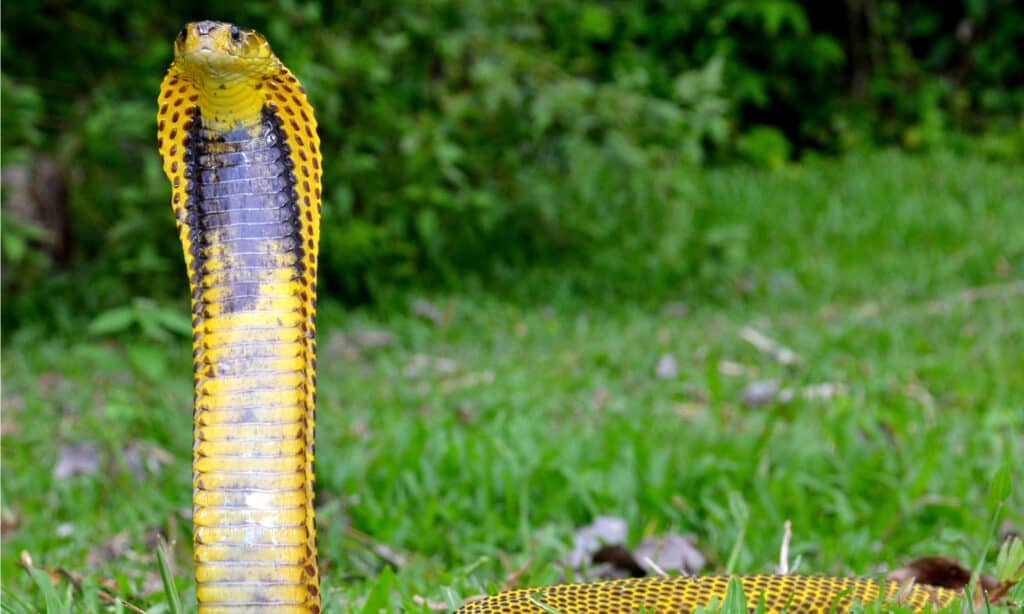 wikipoint.blog
wikipoint.blog
Resultados
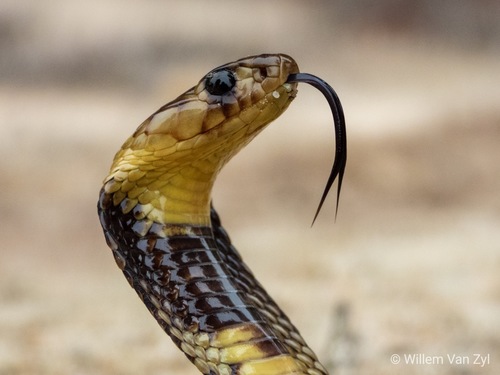 enciclovida.mx
enciclovida.mx
The Most Deadly Snakes In The World | HorizonTimes | Page 13
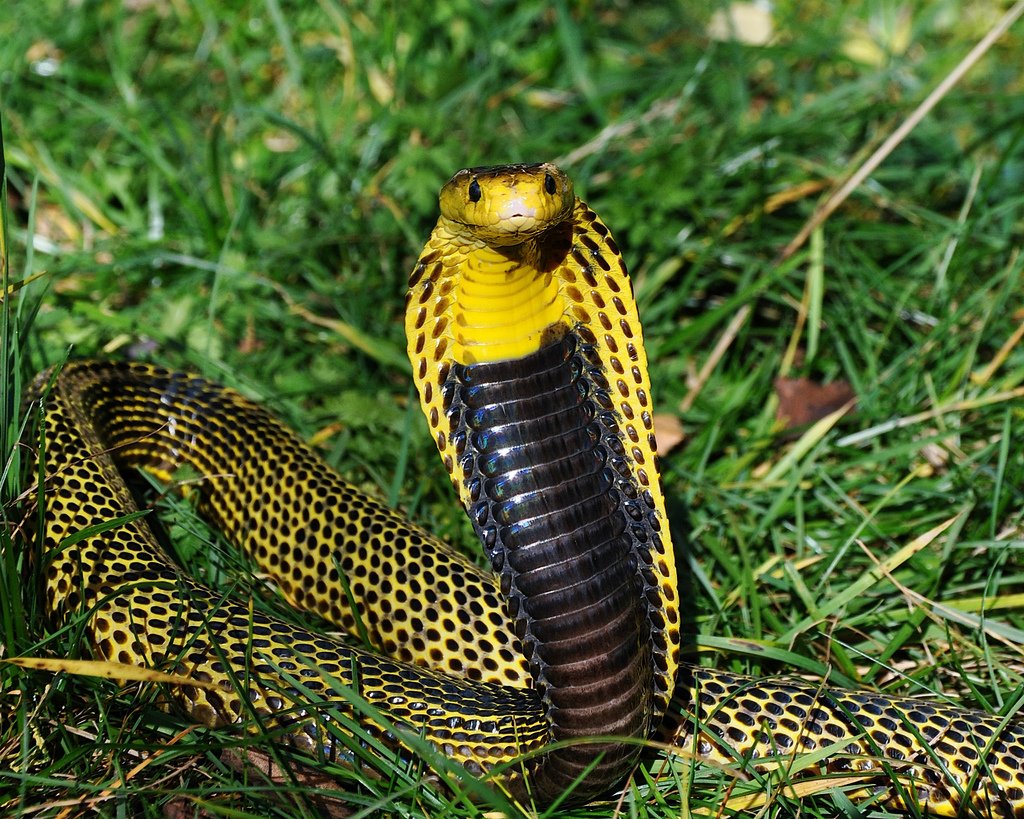 www.horizontimes.com
www.horizontimes.com
cobra snakes philippine venomous deadly naja poisonous horizontimes cobras deadliest samar venom cantik ular kulit reptiles paling creepy visayan motifnya
Southern Philippine Cobra Facts And Pictures | Reptile Fact
 www.reptilefact.com
www.reptilefact.com
cobra philippine naja southern reptilefact
Género Naja · BioDiversity4All
 www.biodiversity4all.org
www.biodiversity4all.org
Philippine common cobra in september 2020 by michaela s. webb · inaturalist. Philippine cobra. The most deadly snakes in the world